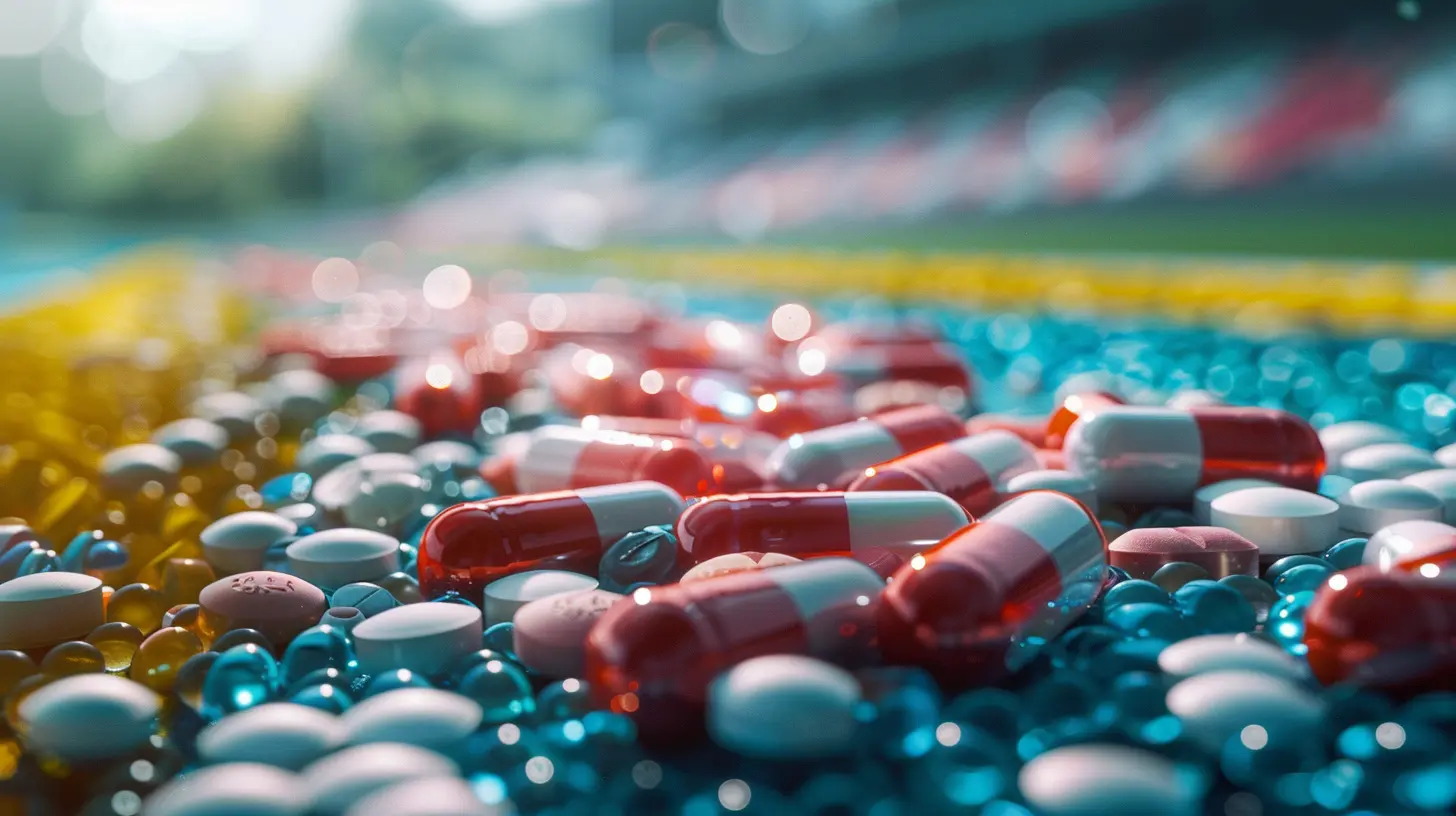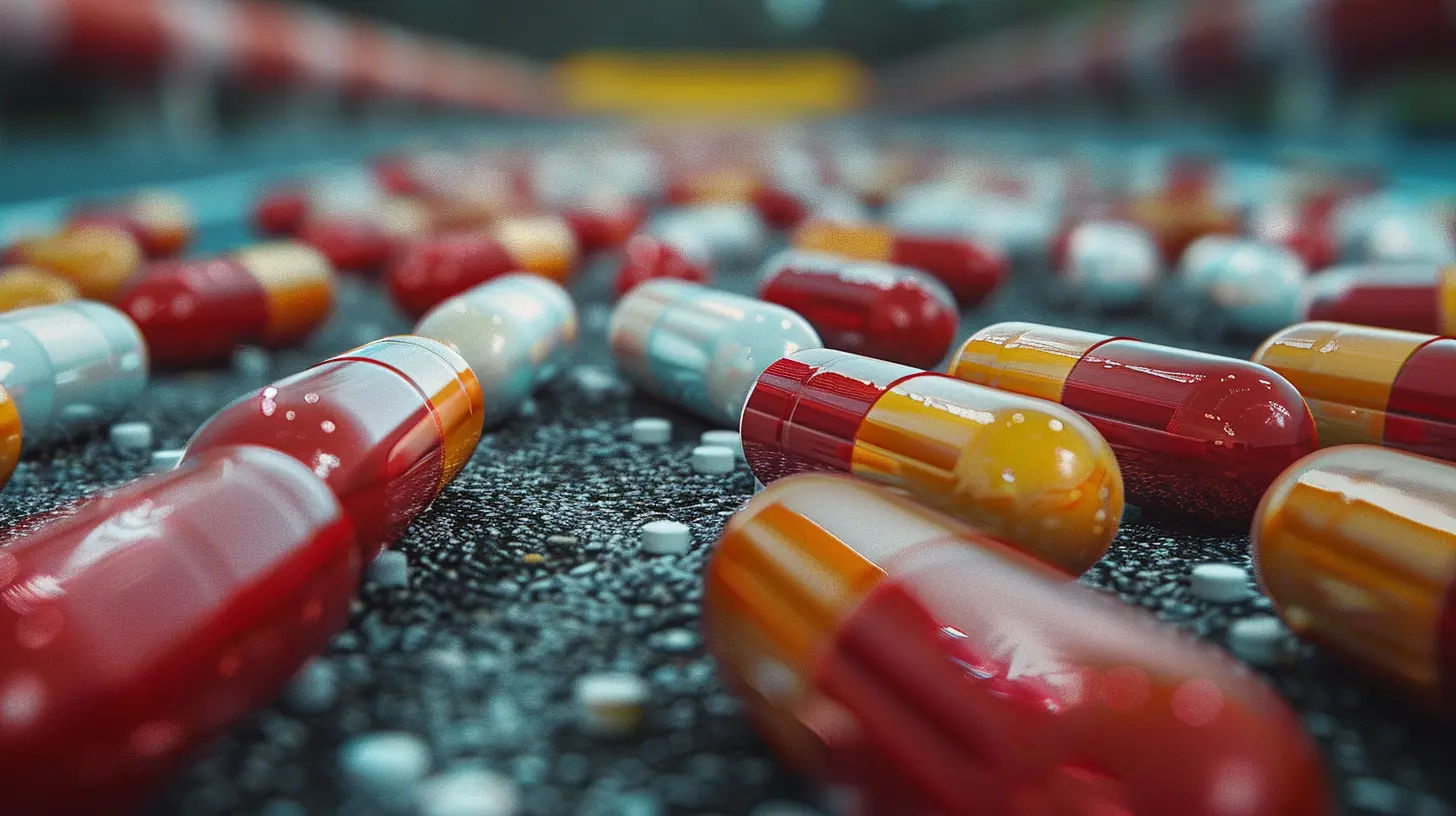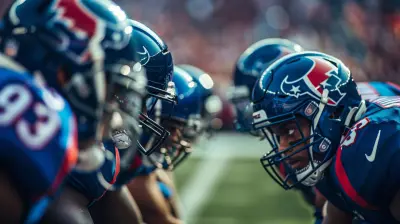How Doping Policies Differ Across Major Sporting Leagues
1 August 2025
Doping in sports has been a hot topic for years, and it’s not slowing down anytime soon. When you think about it, athletes have a lot at stake. Fame, fortune, sponsorships, and pride are all on the line, and the temptation to gain an edge over the competition can be overwhelming. But here's the thing: not all sporting leagues handle doping the same way. Some have strict, zero-tolerance policies, while others might be a bit more lenient or nuanced in their approach.
In this article, we'll dive deep into how doping policies differ across major sporting leagues. We'll explore the rules, the testing methods, and the consequences athletes face when they get caught. So, whether you're a sports fanatic or just curious about how these policies work, buckle up—we're about to break it all down.

Why Doping Matters So Much in Sports
Before we get into the nitty-gritty of doping policies, it's essential to understand why this issue is so significant in the world of sports. At its core, doping is all about performance enhancement. Athletes use banned substances to increase strength, stamina, or recovery time, giving them an unfair advantage. But beyond just fairness, doping can also pose serious health risks to athletes. We're talking about heart problems, hormonal imbalances, and even death in extreme cases.And then there's the integrity of the sport itself. Fans want to see real competition, not results skewed by science experiments. When athletes dope, it undermines the trust and excitement that sports provide. That's why various leagues have put policies in place to combat doping.

The World Anti-Doping Agency (WADA) and Its Influence
Let’s start with the big name in doping control: the World Anti-Doping Agency (WADA). Established in 1999, WADA is the global authority when it comes to anti-doping rules. They have a standard list of banned substances and methods, and they work with most international sports organizations to ensure fairness and consistency across the board.But here's the catch—while WADA sets the framework, individual leagues and sports organizations can interpret and apply these rules differently. Some follow WADA’s guidelines to the letter, while others tweak them based on their sport's culture or needs. Confused yet? Don’t worry, we’ll unpack it all.

Doping Policies in the NFL (National Football League)
Let's start with the NFL, one of the biggest sports leagues in the world. The NFL has a comprehensive performance-enhancing drug (PED) policy, but it’s also a bit controversial. Why? Well, the league enforces its anti-doping rules, but critics argue that the punishments aren’t strict enough to deter players from using banned substances.Testing and Substances
In the NFL, players are subject to year-round testing—both random and scheduled. The league tests for a wide range of substances, including steroids, human growth hormone (HGH), and stimulants. However, not all banned substances are treated equally. For example, a player caught using HGH might face a different set of consequences than someone caught using recreational drugs like marijuana, which is becoming more of a grey area in sports.Penalties
First-time offenders usually face a four-game suspension without pay. For repeat offenders, the penalties escalate—second violations can lead to a ten-game suspension, and a third violation can result in a two-year ban. However, some people feel these penalties are more like a slap on the wrist, especially considering how short the NFL season is. Missing four games out of a 16- or 17-game season doesn’t seem like a major punishment when millions of dollars are on the line.
Doping Policies in the NBA (National Basketball Association)
Now let’s shift to the NBA. Basketball might not strike you as a sport where doping is a significant issue, but think again. While players aren’t trying to bulk up like NFL linemen, they still seek advantages in recovery, endurance, and even mental sharpness.Testing and Substances
The NBA’s testing policy is somewhat less intense compared to other leagues like the NFL or MLB. Players are tested randomly six times during the season and off-season combined. The substances they test for include steroids, HGH, and stimulants, but the league also has a separate policy for recreational drugs like marijuana.Penalties
First-time offenders for PEDs face a 25-game suspension, which is significantly harsher than the NFL’s four-game policy. For repeat offenders, the penalties become more severe, with a second violation resulting in a 55-game suspension and a third violation leading to a lifetime ban from the league. However, when it comes to recreational drugs like marijuana, penalties are much more lenient, reflecting a growing societal shift in how such substances are viewed.Doping Policies in Major League Baseball (MLB)
Ah, baseball—the sport where doping scandals have made front-page news more times than we can count. Remember the steroid era? That was a dark time for MLB, and the league has since revamped its doping policies to regain trust.Testing and Substances
MLB players are subject to random, unannounced testing throughout the year. The league tests for a wide variety of PEDs, including steroids, HGH, and stimulants. One significant difference in MLB’s policy is the inclusion of blood testing, which is more invasive but also more accurate in detecting certain substances like HGH.Penalties
MLB's penalties are among the strictest in professional sports. A first-time offender faces an 80-game suspension, which is half of the regular season! A second violation results in a 162-game suspension (a full season), and a third violation leads to a lifetime ban. These harsh penalties reflect how seriously the league now takes doping, especially in the wake of its past scandals.
Doping Policies in FIFA (International Soccer)
Next up, let's talk about soccer—specifically, FIFA, which oversees international soccer competitions. Soccer players need incredible stamina, agility, and quick recovery times, making them prime candidates for doping.Testing and Substances
FIFA follows WADA's guidelines closely. Players are tested during both competitions and off-season periods, with a focus on steroids, stimulants, and blood doping (where athletes use transfusions or other methods to increase their red blood cell count). Testing is random, and FIFA has been known to conduct more rigorous testing during major tournaments like the World Cup.Penalties
Penalties in FIFA can vary depending on the substance and the circumstances. A first offense usually results in a suspension of several months to as long as four years. Repeat offenders can face lifetime bans. However, FIFA's policies have been criticized for being inconsistent, with some players receiving harsher punishments than others for similar offenses.Doping Policies in the Olympics
The Olympics is the pinnacle of sports, where athletes from across the globe compete on the world’s biggest stage. And because of this, the anti-doping measures are incredibly strict.Testing and Substances
Olympic athletes are subject to some of the most rigorous testing in the world, both during competition and in the months leading up to the Games. WADA oversees Olympic drug testing, and athletes can be tested at any time, even in the middle of the night. The list of banned substances is extensive, covering everything from steroids and stimulants to diuretics and masking agents.Penalties
Penalties for doping in the Olympics are severe. Athletes caught doping are immediately disqualified and stripped of any medals they’ve won. They also face suspensions that can last from two years to a lifetime ban, depending on the severity of the offense. The Olympics has a zero-tolerance policy, and even the smallest infraction can lead to monumental consequences.
Doping Policies in MMA (Mixed Martial Arts)
Mixed Martial Arts (MMA) is another sport where doping is a significant concern. The UFC, in particular, has had its share of doping controversies, and the league has partnered with the United States Anti-Doping Agency (USADA) for testing.Testing and Substances
MMA fighters are tested year-round, both in and out of competition. The UFC follows WADA’s guidelines closely, testing for steroids, stimulants, and other banned substances. However, fighters can also apply for Therapeutic Use Exemptions (TUEs) if they need certain medications for legitimate health reasons.Penalties
Penalties for doping in MMA vary. First-time offenders typically face a suspension of one to two years, depending on the substance and circumstances. Repeat offenses can lead to even longer suspensions or lifetime bans. However, the UFC has been criticized for inconsistent enforcement of these rules, with some fighters receiving lighter punishments than others.Why Doping Policies Differ
So, why do doping policies differ so much across these leagues? It comes down to a few key factors:1. Culture of the Sport: Different sports have different cultures and expectations. What might be considered acceptable in one league could be seen as unacceptable in another.
2. Player Unions: In many professional leagues, player unions negotiate the terms of doping policies. These negotiations can lead to more lenient rules in some leagues compared to others.
3. Public Perception: Some leagues are more concerned about maintaining a clean image than others. For example, MLB had to overhaul its doping policies after the steroid era severely damaged its credibility.
4. Health and Safety: Some sports are more physically demanding than others, leading to a higher likelihood of doping. Leagues in these sports may have stricter policies to protect athletes' health.
Conclusion
Doping policies across major sporting leagues are a mixed bag. Some are strict, some are lenient, and some are a bit of both. The one thing they all have in common, though, is the goal of keeping the game as fair and competitive as possible. Whether you're a fan, an athlete, or just someone curious about how these rules work, it's clear that doping will continue to be a key issue in sports.At the end of the day, the integrity of the competition—and the health of athletes—depends on these policies being enforced fairly and consistently.
all images in this post were generated using AI tools
Category:
DopingAuthor:

Onyx Frye
Discussion
rate this article
1 comments
Taylor McGivern
Who knew 'doping' was just sports leagues' way of saying, 'Let’s keep it interesting!'?
August 26, 2025 at 2:52 AM

Onyx Frye
While some may view it that way, doping policies are intended to ensure fair competition and protect athletes' health rather than simply adding excitement to the sport.


